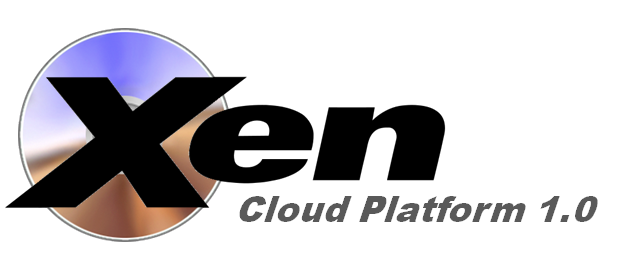 After 16 months of development, Xen.org is proud to present the first full version of the Xen Cloud Platform. We wanted to thank the project team, who made this happen.
After 16 months of development, Xen.org is proud to present the first full version of the Xen Cloud Platform. We wanted to thank the project team, who made this happen.
A full feature list as well as the install image and source packages can be found on the download page.
The following new features and improvements have been added since the XCP 0.5 release of XCP last summer:
- Includes Xen hypervisor version 3.4.2
- Includes Linux 2.6.32 privileged domain
- VM Protection and Recovery: configure scheduled snapshots and (optional) archive of virtual machines via snapshot or export
- Local host storage caching of VM images to reduce load on shared storage
- Boot from SAN with multipathing support: boots Xen Hypervisor hosts with HBAs from a SAN, with multipathing support.
- Improved Linux guest support: Ubuntu templates, Fedora 13/Red Hat Enterprise Linux (RHEL) 6 templates, RHEL / CentOS / Oracle Enterprise Linux versions 5.0 to 5.5 support with a generic “RHEL 5” template
- Enhanced guest OS support for Windows 7 SP1, Windows Server 2008 R2 SP1, Windows Server 2003, and Suse Linux Enterprise Server (SLES) 11 SP1
- Improved MPP RDAC multipathing including path health reporting and alerting through XAPI
- Snapshot improvements: improved reclamation of space after VM snapshots are deleted, even if the VM is running
- Support for blktap2 disk backend driver rather than blktap1
- Support for Citrix XenCenter 5.6 FP1 Windows-based GUI management tool (see here)
- Support for Openstack Bexar release
XCP is significant for Xen.org for a number of reasons: it allows the Xen.org community to develop interesting new functionality against a mature, stable and scalable virtualization stack. If you do want to get involved, check out the project’s wish list and get in touch with the XCP team via the mailing list.
Although XCP can be used as a stand-alone solution to build private clouds or as an enterprise server virtualization solution, there are significant opportunities to extend, innovate and build on top of XCP. Check out the list of open source projects and commercial solutions which already do this.
XCP integrates seamlessly with the Openstack Bexar release: this means that the Xen Hypervisor and XCP are part of an end-to-end open source software stack covering all components from the bare metal to cloud orchestration software. Over the last year, you have seen the Xen community more closely working with downstream Linux and Qemu. The same is happening with upstream projects such as Openstack and OpenNebula.
Unlike the Xen Hypervisor project, XCP delivers an installable binary. This represents a step-change in usability and enables the Xen developer community to more directly engage with its users.
You can find more information on XCP on the XCP home page and on the Wiki. And thank you again, to everybody who made this release happen!
